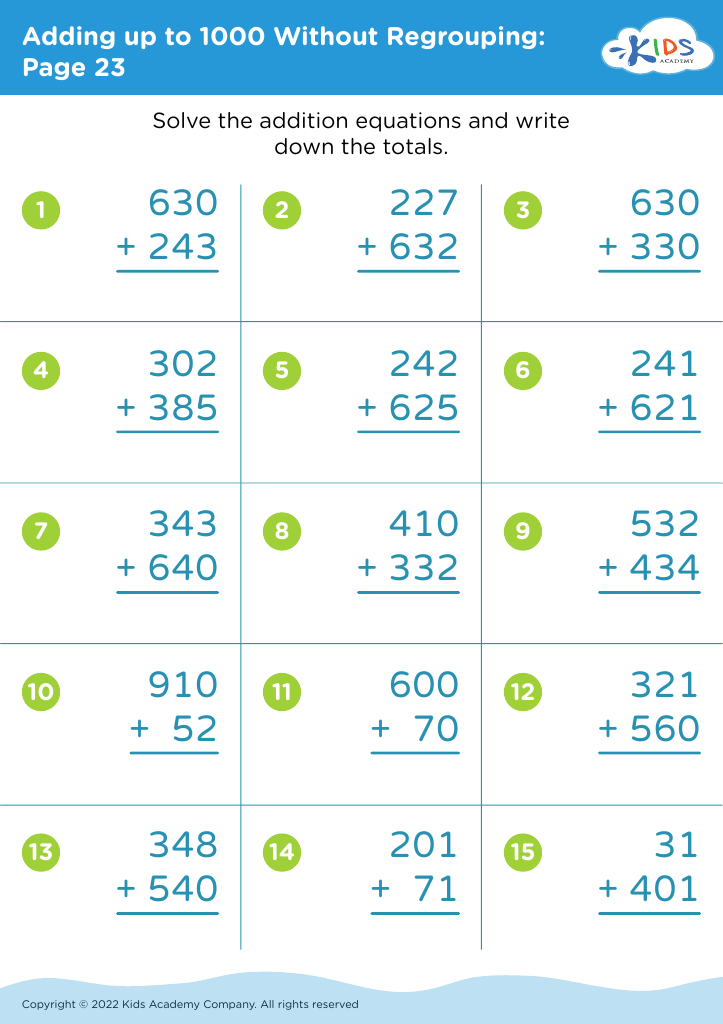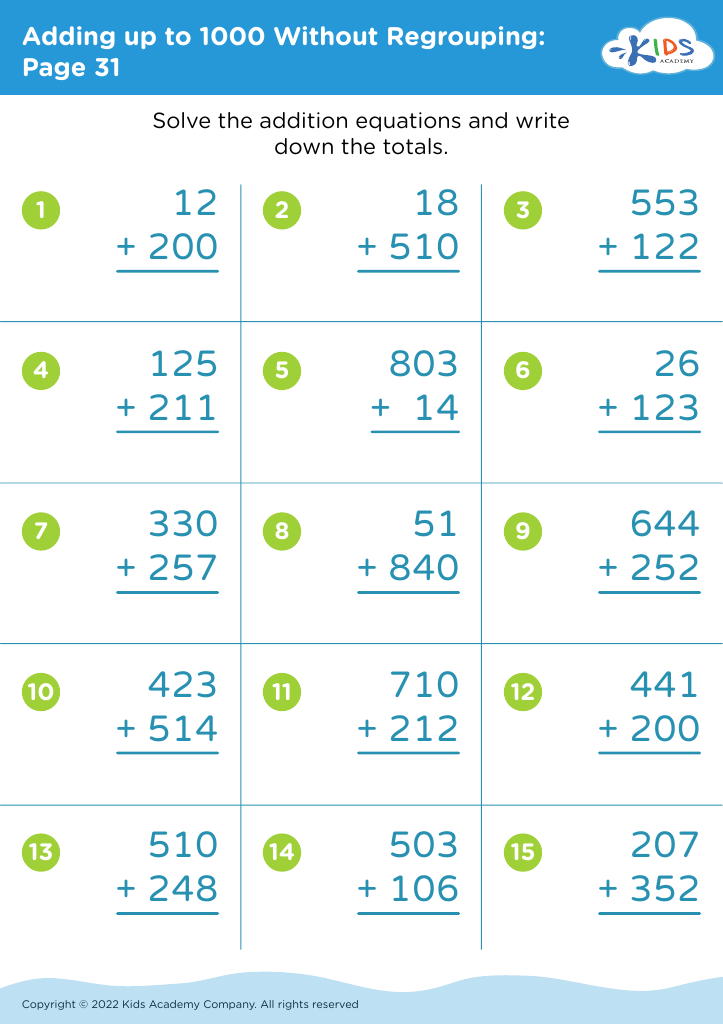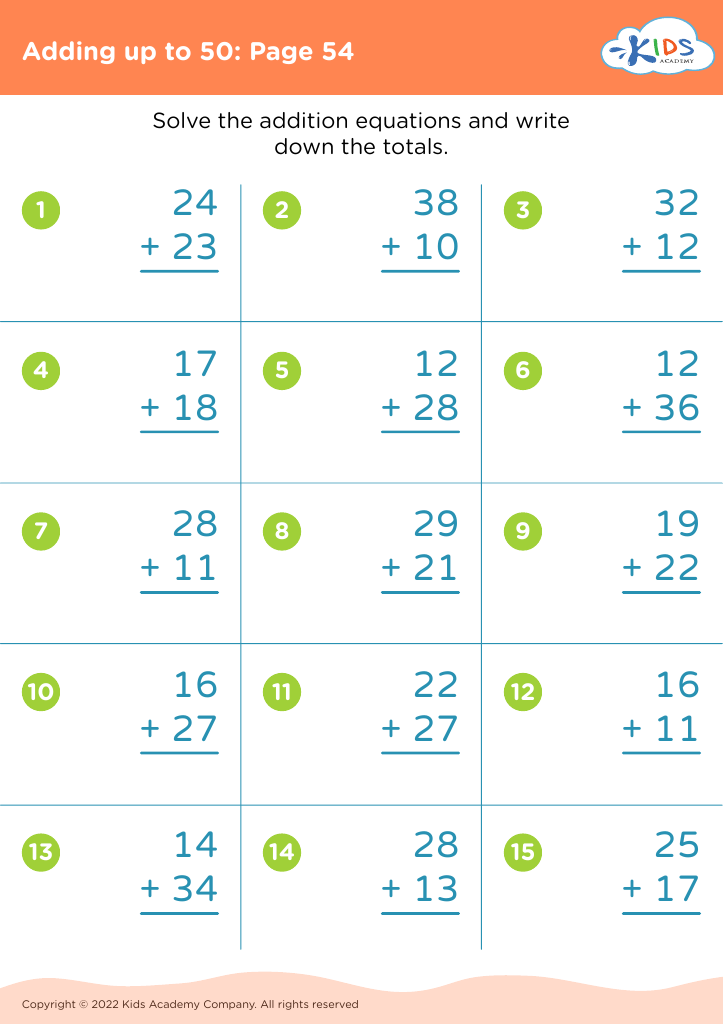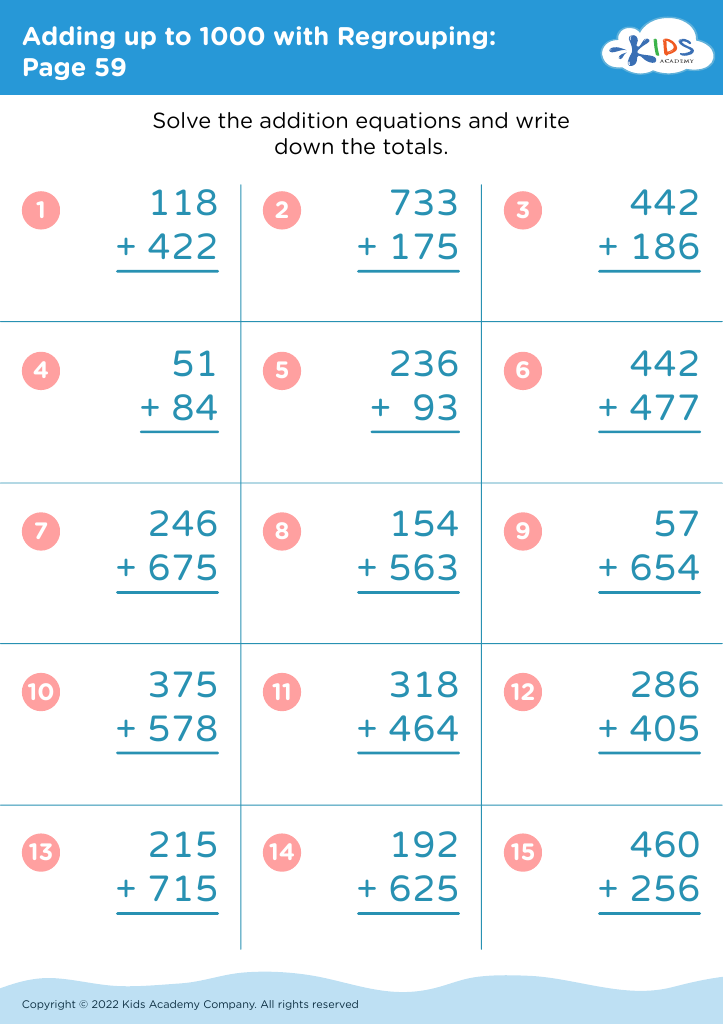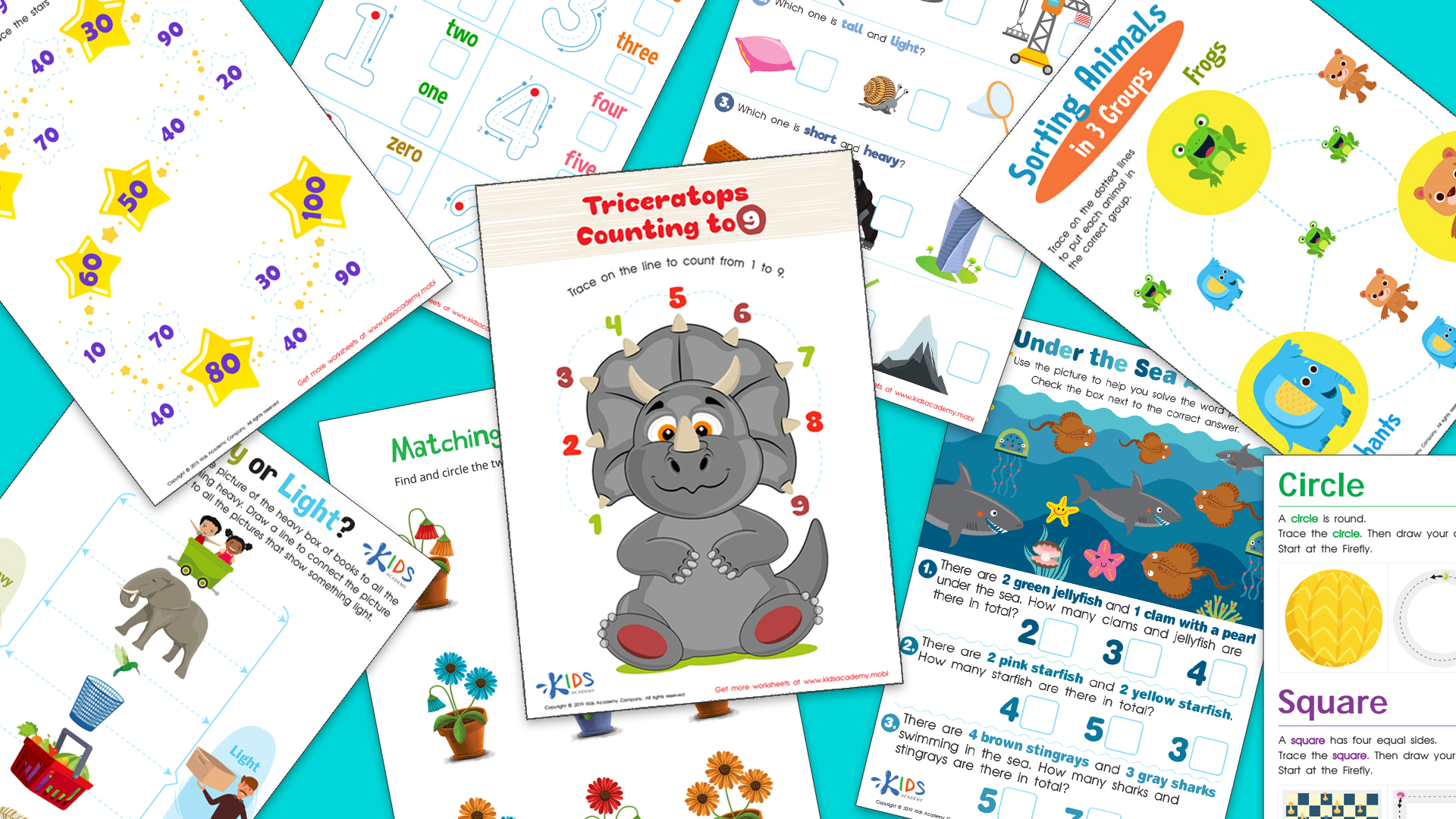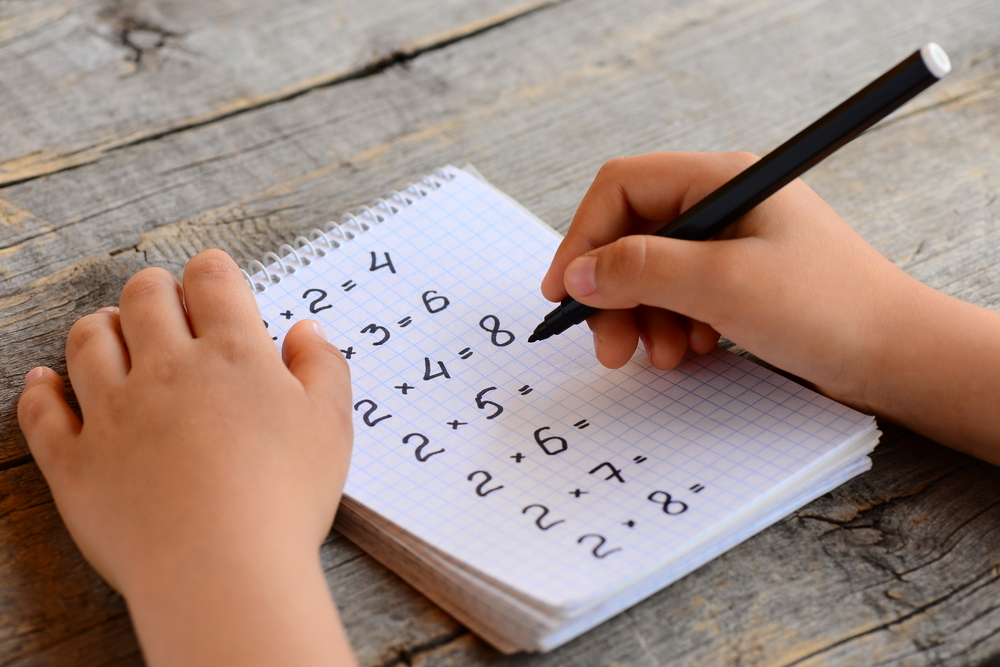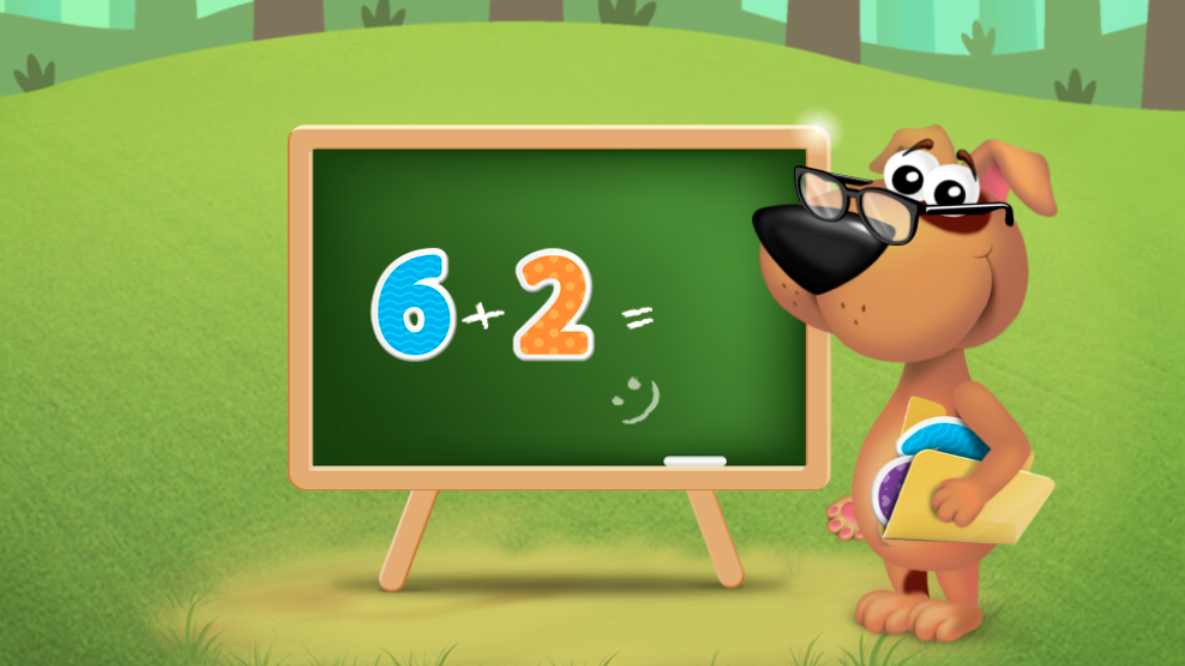Visual interpretation Addition & Subtraction Worksheets for 7-Year-Olds
4 filtered results
-
From - To
Discover engaging Visual Interpretation Addition & Subtraction Worksheets designed specifically for 7-year-olds! Our worksheets support young learners in grasping key math concepts through visual aids, making addition and subtraction more accessible and enjoyable. Featuring colorful illustrations and appealing designs, these resources help children enhance their understanding of math operations by interpreting visuals and solving problems interactively. Perfect for home learning or classroom activities, our worksheets cater to various learning styles and promote critical thinking. Watch your child's confidence soar as they master essential math skills with our fun and effective visual interpretation exercises! Dive into math learning today!
Visual interpretation of addition and subtraction is vital for 7-year-olds, as it underpins their understanding of mathematical concepts and fosters a solid foundation for more advanced arithmetic. At this age, children are developing their cognitive abilities and can benefit greatly from visual aids—like number lines, counters, and graphic representations—that help them grasp numerical relationships and operations.
Understanding addition and subtraction visually enhances children's problem-solving skills by enabling them to see the operation's processes rather than just memorizing procedures. This method promotes engagement, making math more enjoyable and less intimidating for young learners. Visual interpretation also caters to diverse learning styles; some children are visual learners and will often find it easier to understand abstract concepts when they have a concrete representation.
Furthermore, grappling with visual elements helps children identify patterns and develop critical thinking skills, preparing them for future academic challenges. As parents or teachers, nurturing these skills is essential for cultivating a sense of confidence and enthusiasm around mathematics, equipping children for lifelong learning. Encouraging visual addition and subtraction not only aids immediate learning but also promotes inequality down the road by fostering analytically minded, proficient math learners.
